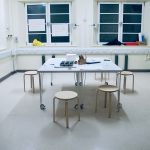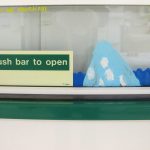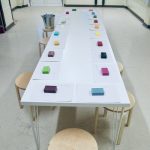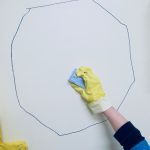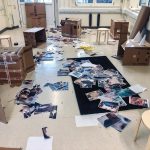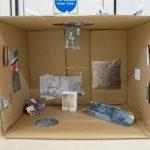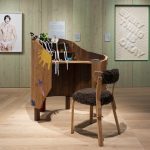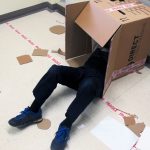A baby rhino in every children’s mental health ward, obviously.
Rooms with lakes, mountains, and a Hogwarts library.
Nurses with big ears, buckets of empathy and Netflix accounts.
The best beds from John Lewis, orchids and walls that smell of French soap.
What happens if children with significant mental health challenges…
- create the boundaries for making art?
- share their wellbeing wants and needs?
- become professional designers?
For six months I supported young people from Great Ormond Street Hospital’s mental health ward to do just that, as part of OH MY GOSH, YOU’RE WELLCOME… KITTEN. Fifteen young people and lots of nurses worked with me, a designer and curator to explore what kind of environments would make them feel more positive, less stressed and aid them on their journey. It’s been emotional, really emotional. Maybe one of the hardest things I’ve ever done.
Turning a ward at the hospital into an art and design studio, we met weekly as well as daily during school holidays.


